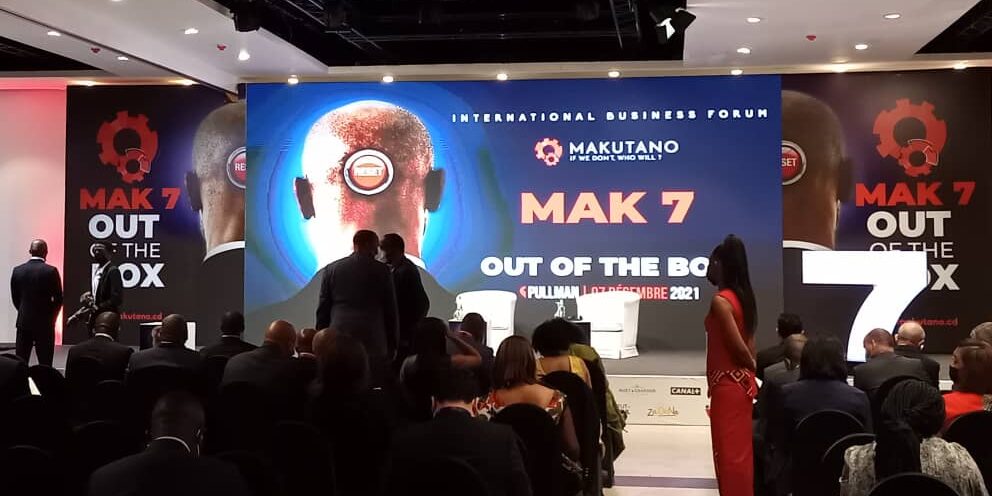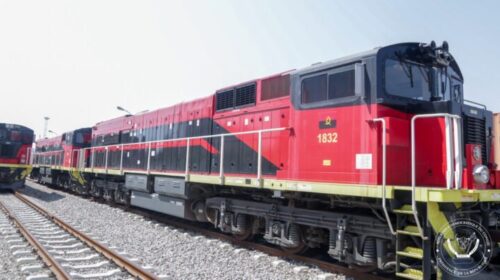Makutano 7: the DRC only consumes around 13 to 14 million megawatts per year
Since it is a question that holds the attention of the Governments of the world and international organizations, the energy transition to fight in particular against climate change was one of the themes addressed at the seventh (7th) edition of the Makutano business network. organized on Tuesday, December 7, 2021, at the Pullman Grand Hôtel in Kinshasa.
Experts were gathered around the theme entitled: “Energy transition, a business opportunity for the Democratic Republic of Congo?”
In response to this question, Fabrice Lusinda, an executive at the National Electricity Company (SNEL), indicated that the energy transition that the Democratic Republic of the Congo needs is the substitution of wood energy consumption by electricity for all.
According to him, the amount of charcoal that all Congolese consume in cities and outside, this represents in electricity the equivalent of 330 terawatts per day in clear, 330 million megawatts per year is a consumption more higher than South Africa which consumes 300 million megawatts per year of electricity.
“ The Democratic Republic of Congo only produces and consumes around 13 to 14 million megawatts per year. With ten million inhabitants, Belgium consumes 80 million megawatts per year. A paradox when the question related to energy was raised. If we calculate the amount of charcoal that all Congolese consume in cities and outside, this represents in electricity the equivalent of 330 terawatts per day unencrypted, 330 million megawatts per year is a consumption more higher than South Africa, ”said this SNEL executive.
This consumption of wood energy is more than what the large Inga project will produce, explained Fabrice Lusinda.
The production capacity of the DRC with regard to all its resources is estimated at the equivalent of 1000 million megawatts per year, that is to say a consumption roughly that of Japan.
Under these conditions, this son of the National Electricity Company is surprised to hear about the electricity export project when the country does not know how to cover its own energy needs.
“When we talk about electricity export projects, we must know that our own internal needs, even if we had Grand Inga, we would not cover our own domestic and industrial consumption needs. It is fundamental to realize this state of affairs, ”he said.
He notably indicated that the electricity industry in the DRC was born in 1923 when the Cimenkat company inaugurated its first plant to manufacture cement in the province of Lualaba. This, to allow the mining union to start opening mines and there are other plants, he noted.
This historical reminder was intended to explain the genesis of investment in this sector.
To this end, he indicated that overall investment in this area is still driven by the mining sector.
“ Since the liberalization of this sector in 2014, we have had four (4) large hydroelectric projects. There are projects financed by the State, in particular the Zongo 2 project, which is a 150 megawatt dam, but at the same time as Zongo 2, the private sector is building the equivalent of 330 megawatts of power station, ”said Fabrice Lusinda.
In the opinion of this expert from the National Electricity Company (SNEL), the mechanism of financing the electricity sector should be promoted in the 145 territories of the Democratic Republic of Congo (DRC).
61 total views , 1 views today





